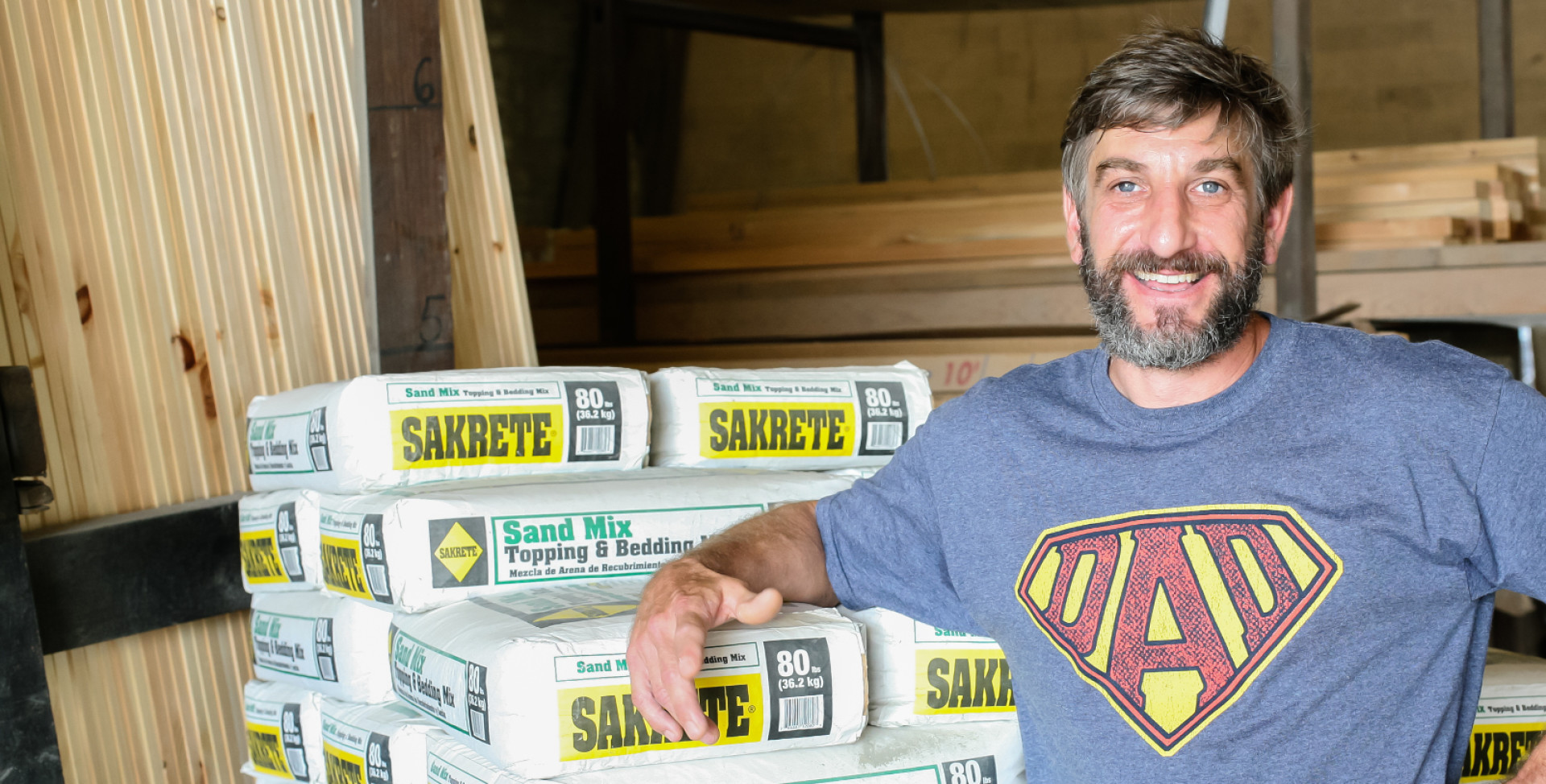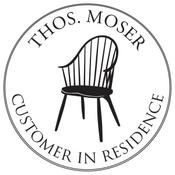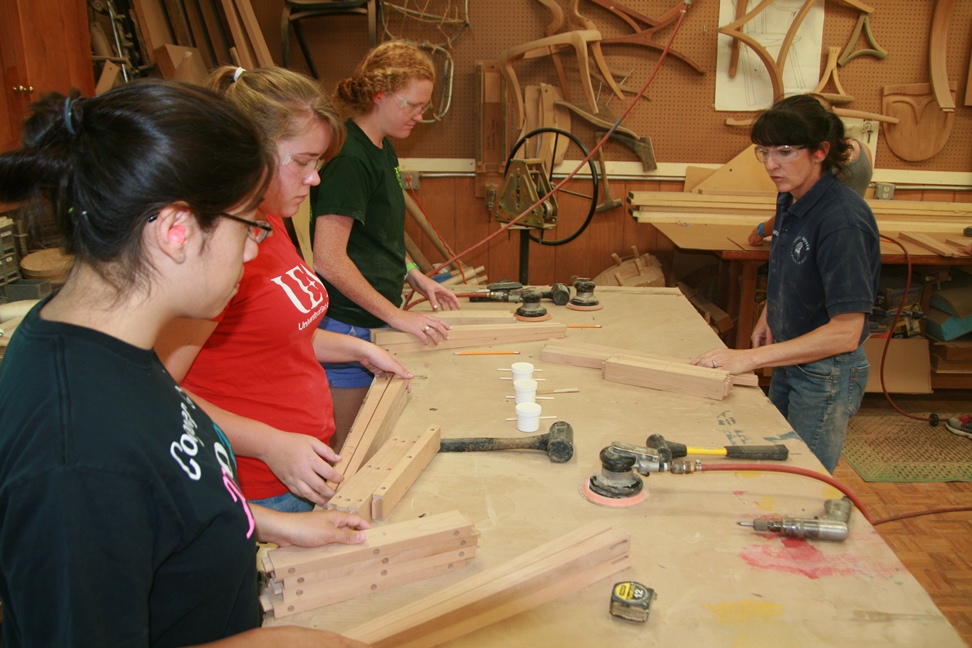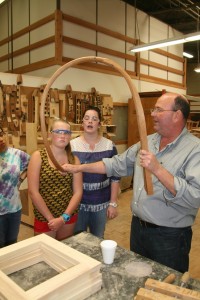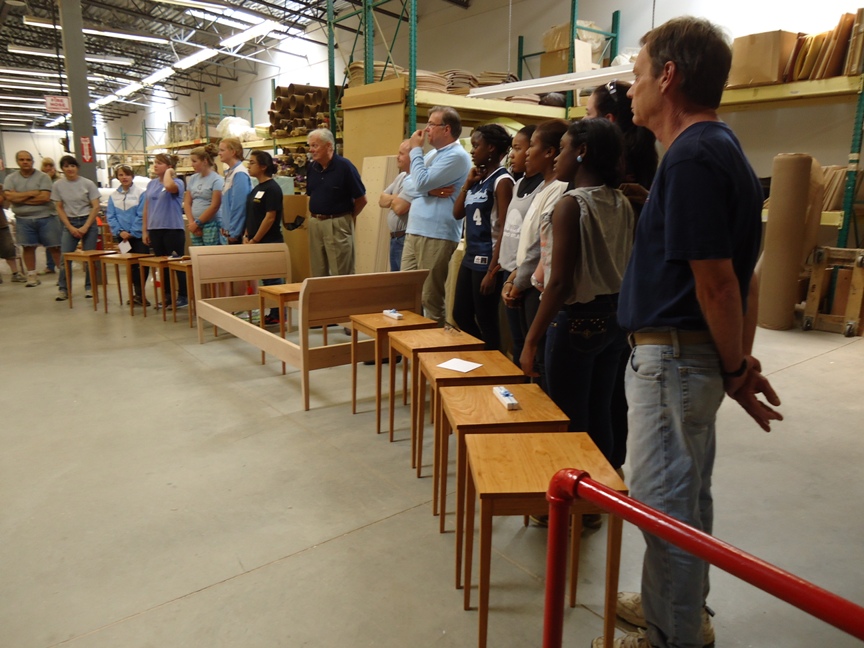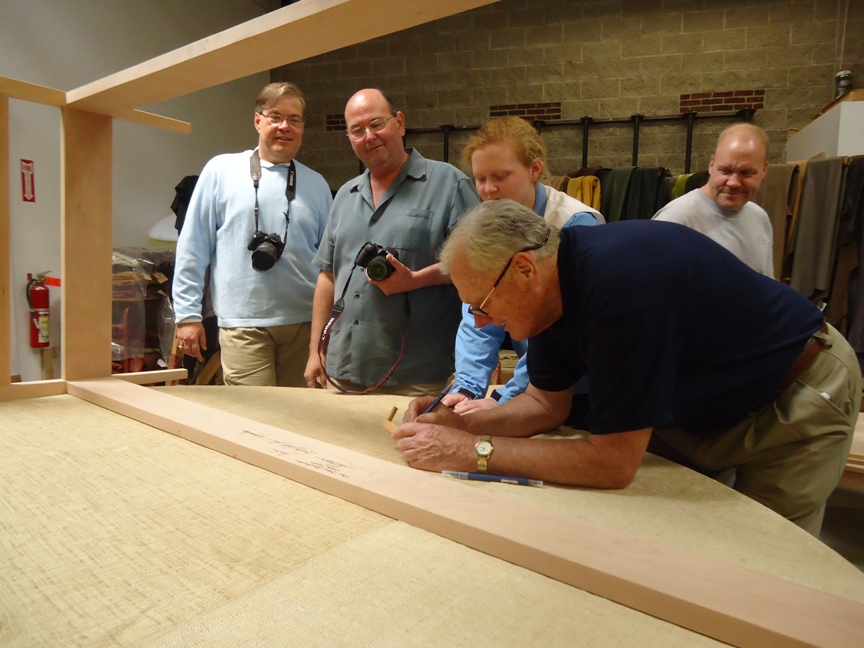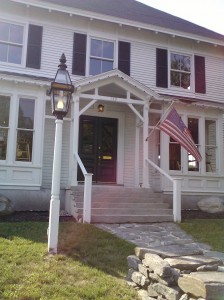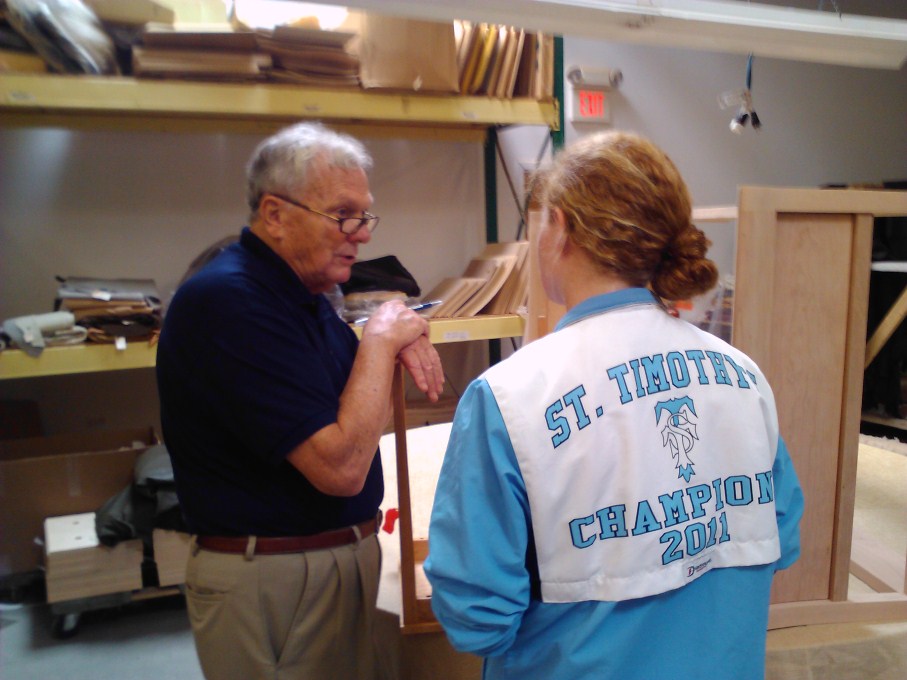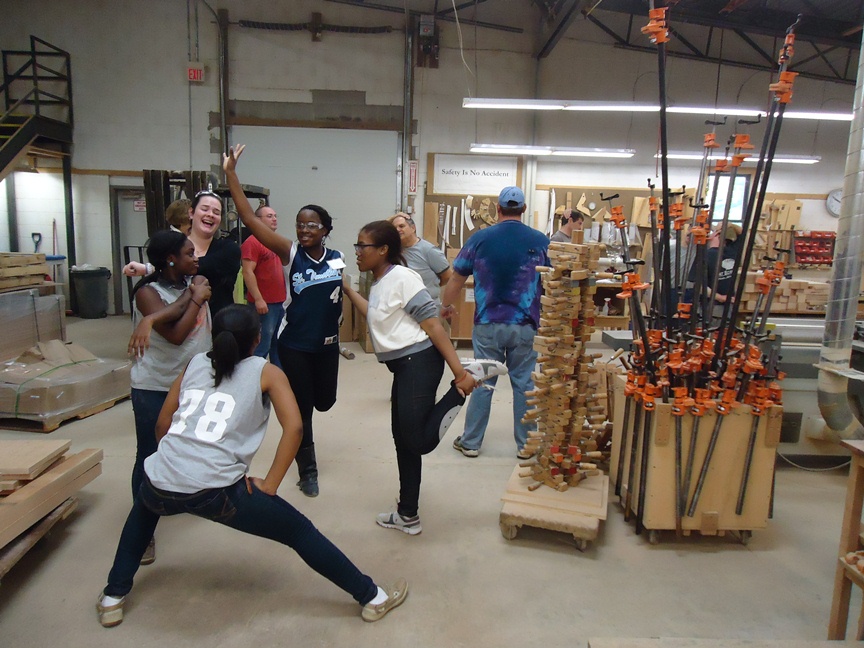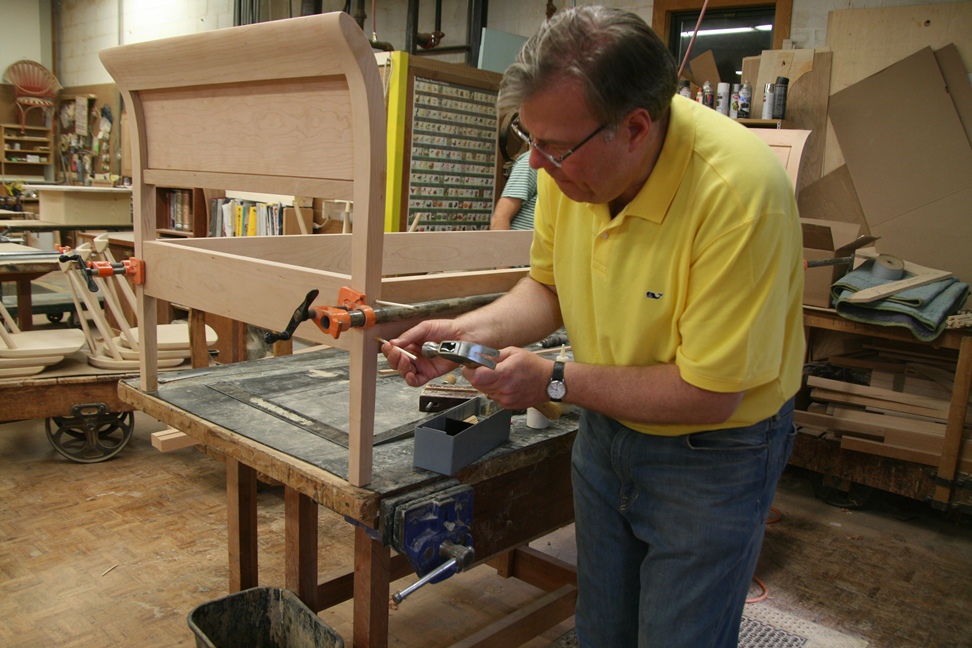Disclaimer: While Thos. Moser paid my expenses for this trip, the point of view expressed here is my own.
So as I mentioned in Moxie Moser Maine, the First Part and as I re-iterated in Moxie Moser Maine, the Next Part, I wound up in Maine at Thos Moser Cabinetmakers global headquarters. I had the unique opportunity to tag along with a group from Baltimore’s St. Timothy’s School. I was popping in on the tail end of a week in which ten high school girls were participating in a special session of Moser’s Customer in Residence program (CIR).
And so you might ask, “What did you know about Maine?” Truth – not much. Sure, New England, SugarLoaf, Poland Springs, ha! Wait! LL Bean! And yes, I was reminded … Maine = LL Bean and it happens also to be the home of world famous legendary Moxie-e-e-e Cola! All cool, but more like the beaten path, on paper type version. …
 Winding through the back country roads from Freeport (where I stayed) to Auburn (where Moser is headquartered), dry-stone walls and farmhouses dot the way. A lawn sign here, a lawn sign there, many advertisements for local, hand-made furniture. And that perhaps was the version, I think, just for me. (Note to Self: Planning another farmhouse renovation? See: Maine.)
Winding through the back country roads from Freeport (where I stayed) to Auburn (where Moser is headquartered), dry-stone walls and farmhouses dot the way. A lawn sign here, a lawn sign there, many advertisements for local, hand-made furniture. And that perhaps was the version, I think, just for me. (Note to Self: Planning another farmhouse renovation? See: Maine.)
It’s Maine that is deeply worked into the fabric of the furniture that Moser makes, and has made for 40 years.
Of the anniversary, Tom Moser said, “It’s been a very interesting 40 years.” When they started, Thos. Moser’s founder and first craftsman admits, “I didn’t know how to manage other than to encourage and teach.” He credits Maine’s work ethic (a large portion of the population French-Canadian) with much of what built the company. One could also argue that it was the wood and lumber industries in Maine, as well as, yes, the high density of furniture makers … and much of these crafts being passed down generations that helped forge the company’s destiny.
Thos Moser Customer in Residence
The CIR simply put is an opportunity to work one on one with a world class cabinetmaker (the use of that word detailed in my First Part). But the experience in a way taps into grander traditions. The program is an opportunity to participate in a community of craftspeople and harkens back perhaps to an earlier lifestyle.
* What to Expect as a Customer in Residence
As Steve Wyman of Moser puts it, “This is not a Disney vacation.” Steve is the unofficial ambassador to the program,”Dean” if you will. He continues, “Visitors become participants in the creation, having direct access to skilled craftspeople.” He is proud to point out that the ranks of CIR alumns include doctors and entrepreneurs, writers, and with my trip – high school students. Since 2007, 36 States and even some foreign countries have been represented. Some 181 individuals have participated. The program welcomes couples and has even seen one wedding proposal. (No lie!)
For many, as Steve is apt to point out, the CIR creates an emotional experience for its participants (I myself witnessed this). This a result perhaps of the connection Moser creates. In Moser form, this is most directly referenced by adding of the Name, the signature of the craftsperson to each individual piece. Through the CIR, participates too sign their work. This occurs formally in what is known as the program’s culminating “Signing Ceremony”.
Below you find St. Tim’s Head of School Randy Stevens as he takes part.
*******
*******
* Visiting Maine
Those that visit through the CIR program typically lodge in the old Maine-style Harraseeket Inn in Freeport. Freeport, for me, did have the feel of something like a waterfront fishing village. The Harraseekeet sits nearly across the street and really just slightly up from Moser’s flagship Freeport showroom. The Harraseeket even boasts a signature Thos. Moser Suite.
The program runs from April to November offering a minimum of eight sessions. According the company’s website, “The experience ranges in cost from $5,000 to $10,000 depending upon the piece to be built. The cost includes lodging, meals, local transportation and the purchase price of the chosen piece.”
 The program allows the visitor to select and build what they want, and this is not limited to catalog pieces. It promises to teach participants how to select wood and how to operate equipment, along with the actual assembly and finishing of their furniture pieces.
The program allows the visitor to select and build what they want, and this is not limited to catalog pieces. It promises to teach participants how to select wood and how to operate equipment, along with the actual assembly and finishing of their furniture pieces.
“Creation brings an overwhelming satisfaction, well worth one-week’s vacation spent inside a woodshop in Maine,” says Tom Moser. Initial skill-sets range from the neophyte to the knowledgeable, and the mentor will assume as much or as little involvement as desired by the customer.
Tom Moser speaking with St. Tim’s Sophie Cutts
* Quotable
From the visit and of the experience, Sophie Cutts of Easton, MD (and ironically an aspiring future furniture designer) tells of how she frequently draws her own ideas and she even had one of her designs prototyped during. The biggest highlight she said was actually putting something together and learning how difficult that work actually is. “It is part of learning and understanding the difference between what can be drawn and what can be executed.”
Katherine Johnson of Chestertown, MD said plainly of the experience, “I found that I was more capable than I expected… all us girls!” She points to a group of cabinetmakers that is now nearly 33% female. Katherine says she realized how, during her week in the workshop, it was the little things (like tiny wooden dowels) that not only hold the furniture together but they are what make the pieces so strong. The metaphor there of course is not lost.
Team building and stretching throughout the day
*******
For more reading on Thos Moser Customer in Residence:
- http://www.kitchenandresidentialdesign.com/2012/07/thomas-moser-offers-vacation-idea-to.html
- http://www.cottages-gardens.com/Connecticut-Cottages-Gardens/September-2012/Experience-first-hand-the-fine-furniture-making-of-Thos-Moser/
–
Some images courtesy of Randy Stevens. Thank you. ~JB
